Transporting a vehicle can be a daunting task, especially when it comes to loading it onto a flatbed trailer. Understanding the correct procedures not only ensures the safety of the vehicle but also protects the integrity of the trailer and the overall loading process. This comprehensive guide will provide essential steps, tips, and best practices for loading a car onto a flatbed trailer, aiming to facilitate user conversion and address common user concerns effectively.
Understanding Flatbed Trailers
Before diving into the loading process, let’s define what a flatbed trailer is. Flatbed trailers are versatile, open trailers designed for hauling various types of cargo, including vehicles. They feature a flat, open platform without sides or a roof, making them particularly suitable for transporting cars, trucks, or machinery. Understanding the specifications and limitations of your flatbed is crucial for ensuring that the load is secure and properly balanced.
Key Components of Flatbed Trailers
| Component | Description |
|---|---|
| Trailer Frame | The structure that supports the platform and cargo. |
| Axles | Critical for weight distribution and stability. |
| Ramps | Used to facilitate the loading and unloading of vehicles. Frequently foldable or removable. |
| Tie-Down Points | Locations for securing the load to the trailer using straps or chains. |
| Surge Brakes | Systems that enhance braking when transporting heavy loads. |
Understanding these components will aid in ensuring safe loading practices.
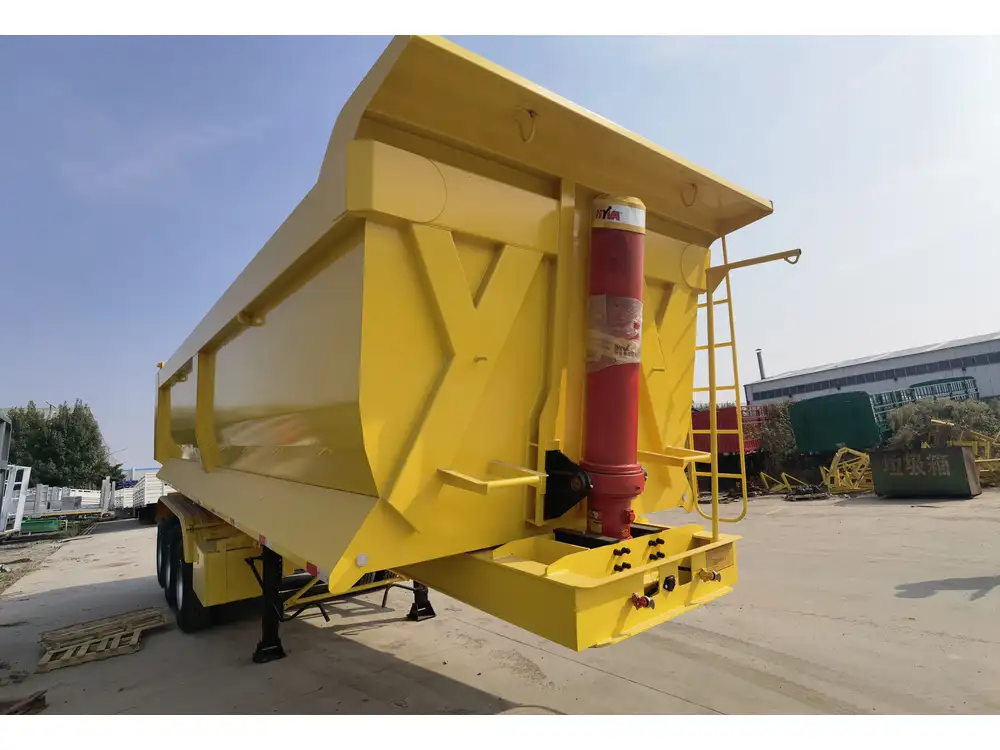
Preparations Before Loading
Proper preparation is fundamental to a successful loading process. Follow these steps to get ready before you start loading the vehicle onto the flatbed trailer.
1. Ensure the Right Equipment
Make sure you have the following equipment at your disposal:
- Flatbed trailer of appropriate size and weight capacity.
- Ramps suitable for your vehicle’s height and performance capabilities.
- Tie-down straps or chains designed for vehicle transport.
- Wheel chocks to prevent movement during loading.
- A winch if required, particularly for vehicles that cannot be driven onto the trailer.
2. Choose a Safe Location
Select a flat, level area for loading. This should ideally be away from traffic, with ample space to maneuver. Check the ground conditions, ensuring it’s stable enough to support the weight of the trailer and the vehicle you’re loading.

3. Inspect the Vehicle
Before loading, inspect the vehicle as follows:
- Tire Pressure: Ensure tires are inflated to the manufacturer’s specifications.
- Battery: Verify that the battery is functionally charged.
- Fluid Leaks: Check beneath the vehicle for any fluid leaks that could present hazards.
- Brakes: Ensure the brakes are functional for on- and off-trailer handling.
Step-by-Step Guide to Loading a Car on a Flatbed Trailer
Now that you’ve made all necessary preparations, it’s time to focus on the loading process itself. Below are detailed steps to follow for efficient and secure vehicle loading.
Step 1: Position the Trailer
Align the flatbed trailer parallel to the vehicle being loaded. Keep the trailer as close as possible to minimize the ramp’s incline. Ensure that both the trailer and vehicle are parked on level ground.
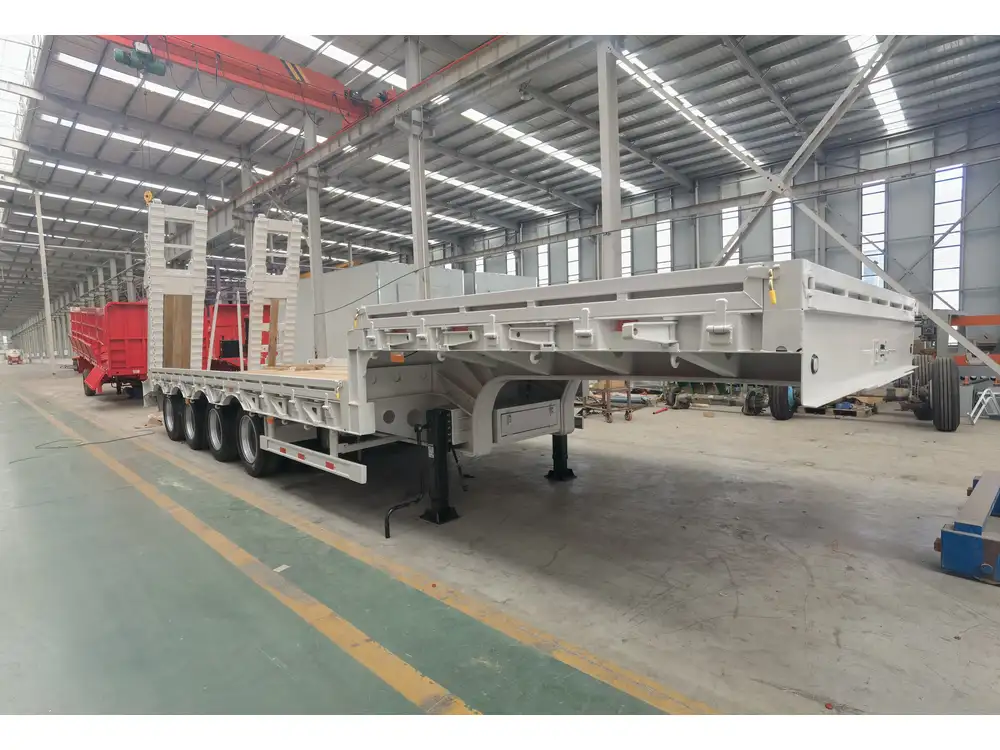
Step 2: Set Up the Ramps
Secure the ramps to the rear of the trailer. Ensure they are positioned at the correct angle and securely attached. This is vital to prevent slipping and ensure a safe incline when driving the vehicle onto the trailer.
Important Ramp Setup Tips
- Verify that the ramps are rated for the weight of the vehicle.
- Use anti-slip materials if the ramps are slick.
- Ensure the ramps are fully extended and securely locked into place.
Step 3: Prepare the Vehicle
Before loading, make sure the vehicle is ready:
- Keep the windows closed to prevent any debris from entering.
- Shift the vehicle into neutral, allowing it to roll onto the trailer smoothly.
- Remove any loose items from the interior and trunk that could fall during transport.
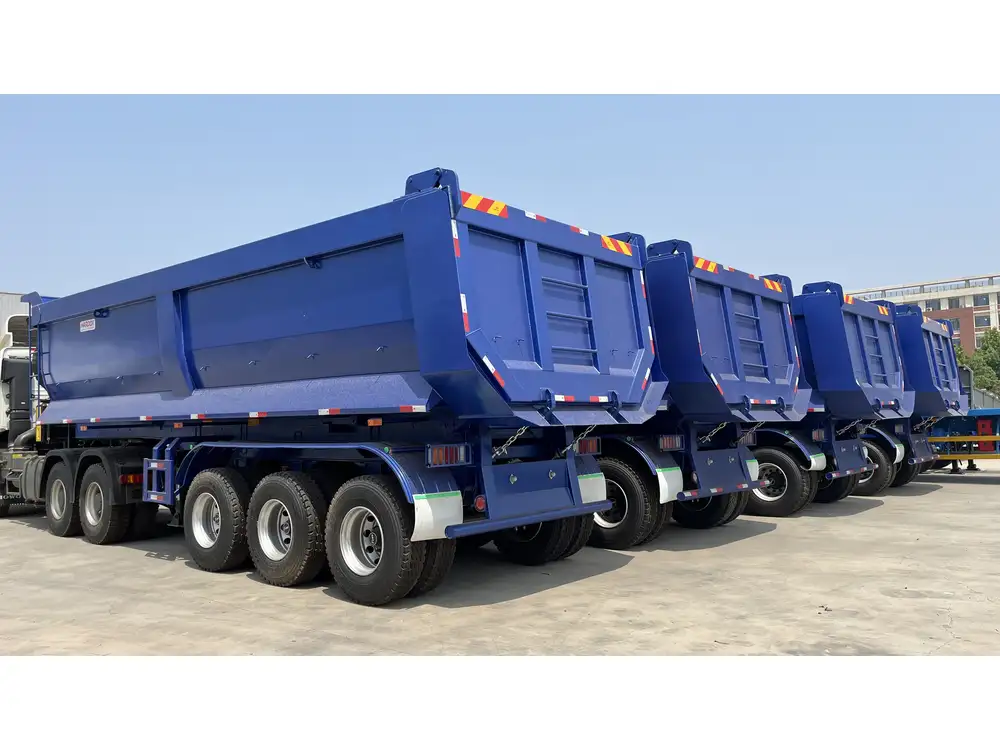
Step 4: Loading the Vehicle
Now, proceed with loading:
Driver’s Role: If the vehicle is operable, the driver should slowly navigate the vehicle onto the flatbed, maintaining a steady speed. Keep the steering straight and follow a centered path.
Important Note: It’s crucial to keep the vehicle’s weight evenly distributed across the trailer.
Winch Usage: If the vehicle cannot move on its own, consider using a winch. Attach the winch strap securely to the front of the vehicle, making sure it is capable of pulling the vehicle up onto the flatbed.
Step 5: Securing the Load
Once the vehicle is in position on the trailer, it’s imperative to secure it properly. Follow these steps to ensure the vehicle does not move during transport:
Tie-Down Techniques
- Use High-Quality Straps: Employ durable tie-down straps rated for vehicle transportation. Ratchet straps are recommended for their tight grip.
- Secure at Multiple Points: Attach at least four tie-downs: two at the front (one on each side) and two at the rear, ensuring the vehicle is immobilized.
- Check for Tension: After securing, double-check all straps for proper tension and adjust if necessary. It’s essential that the vehicle remains snug against the trailer.

Step 6: Final Inspection
Conduct a thorough inspection before hitting the road:
- Recheck All Tie-Downs: Ensure everything remains tight and secure.
- Inspect the Vehicle: Make sure there are no signs of shifting.
- Check Trailer Lights: Verify that all trailer lights are functioning effectively for visibility during transport.
Best Practices for Safe Transportation
Regular Monitoring
During transport, if possible, make periodic stops to check on the vehicle’s condition and the status of the tie-downs. This helps in identifying any potential issues before they escalate.
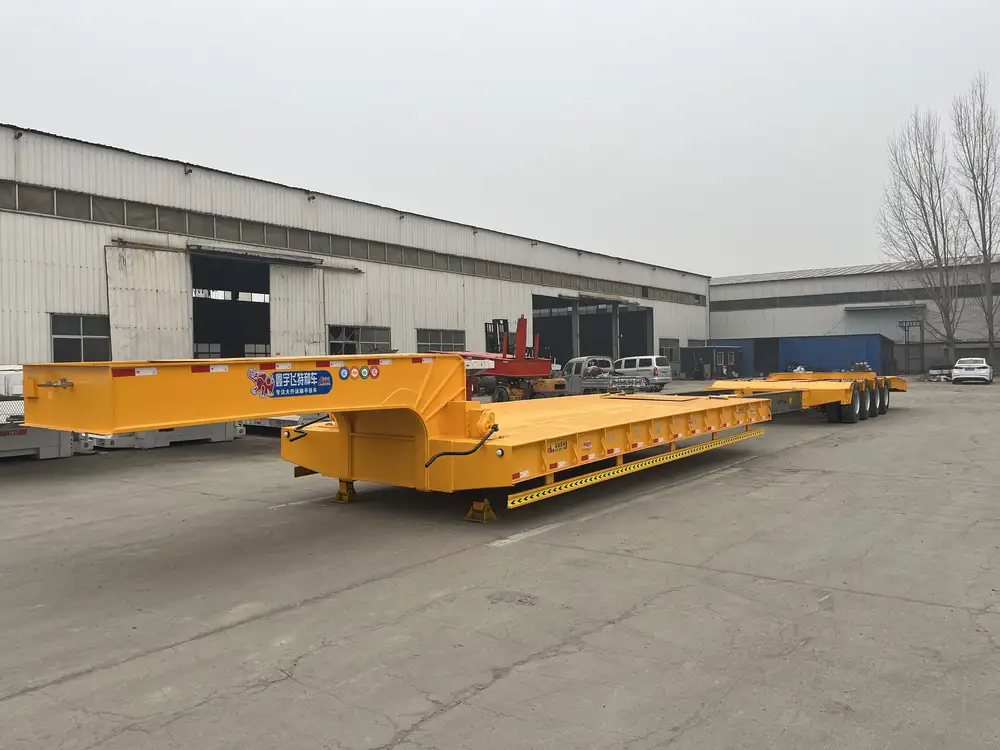
Driving Considerations
While driving with a loaded flatbed trailer, adhere to these tips:
- Maintain a Reduced Speed: Driving slower enhances control over the vehicle.
- Avoid Sudden Movements: Sharp turns or abrupt stops should be minimized to reduce the risk of shifting loads.
- Watch for Load Restrictions: Be mindful of the trailer’s weight limits and local regulations regarding towed loads.
Frequently Asked Questions (FAQs)
What types of vehicles can I load on a flatbed trailer?
Most passenger vehicles, including sedans, sports cars, SUVs, and light trucks, can be easily loaded onto a flatbed trailer. For larger vehicles, additional equipment or specialized trailers might be necessary.
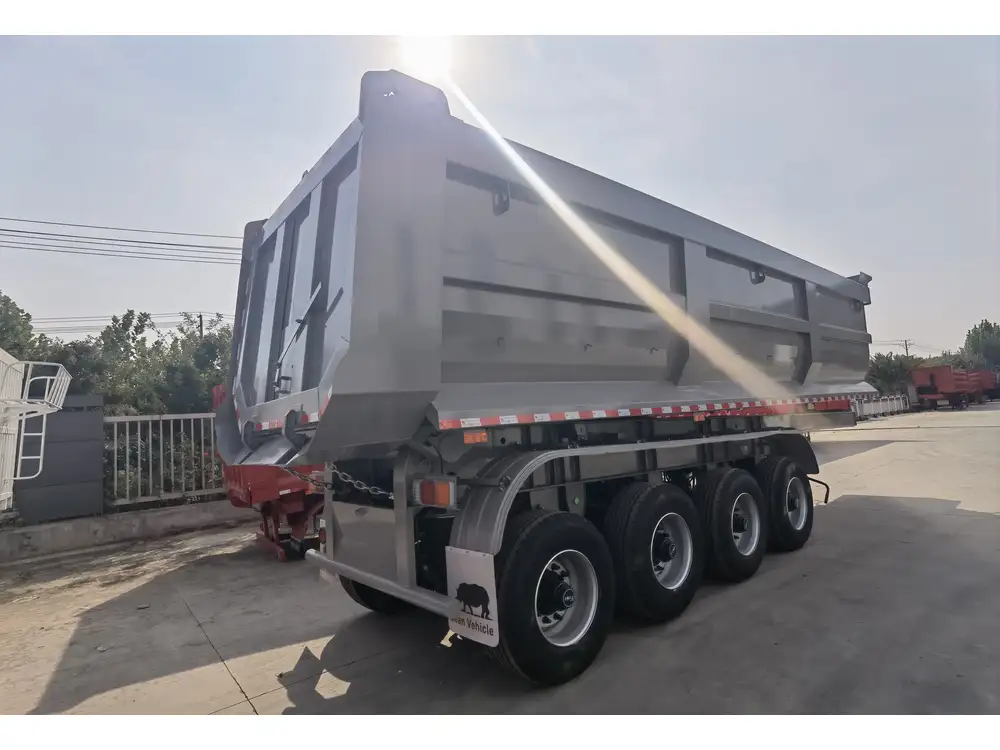
What weight can a flatbed trailer handle?
Weight capacity varies by flatbed design, typically ranging from 5,000 lbs to 40,000 lbs. Always check the manufacturer’s specifications to avoid overloading.
Can I load a non-running vehicle onto a flatbed trailer?
Yes, non-running vehicles can typically be loaded using a winch or a dolly that attaches to the vehicle’s wheels, allowing it to be pulled onto the trailer.
How often should I check tie-downs during transport?
It’s advisable to stop and check tie-downs every few hours or whenever you take a break, ensuring the load remains secure throughout the journey.
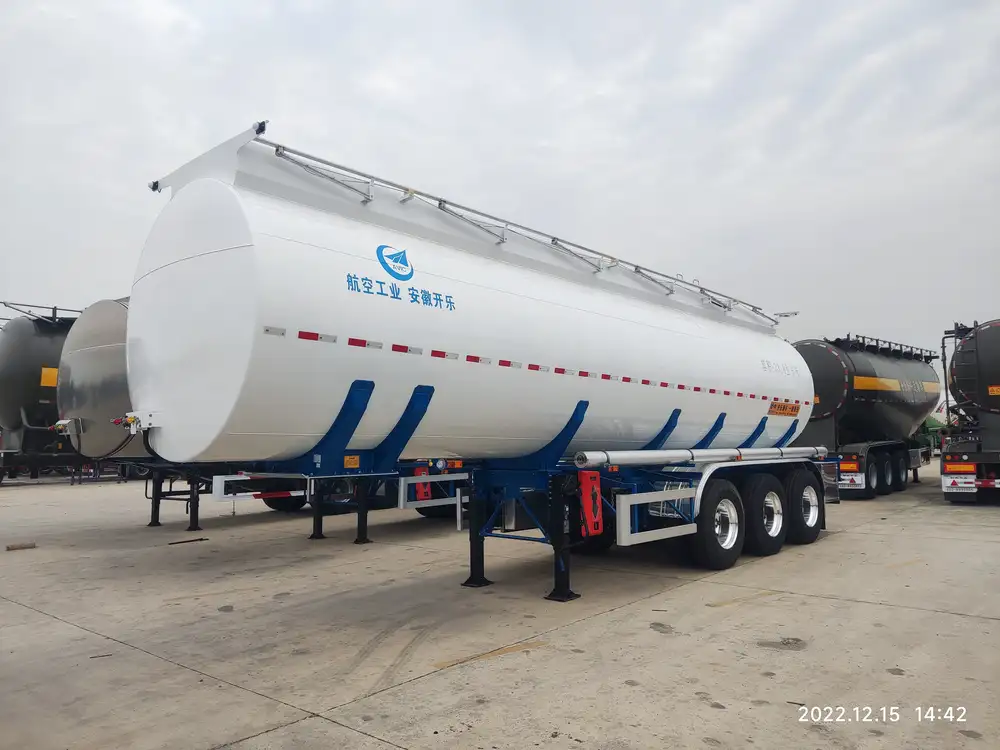
Conclusion
Loading a car onto a flatbed trailer requires careful consideration and understanding of the steps involved. By following these detailed guidelines, including preparation, loading technique, and best practices for securing the load, you can ensure a safe and efficient vehicle transport process. Always prioritize safety, monitor your load during transit, and stay informed to make your transportation experience as smooth as possible.



